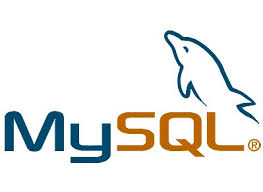Thanks to the innovative patterns developed in Sentinet3, it is possible to monitor at the same time hundreds of parameters for more complex servers with a simple click.
In this article we will show you what you can do on MySQL.
MySQL is the most popular open source relational database system. Its performance and ease use make it one of the central pillars in the market for relational databases.
MySQL system consists of the server side and the client side and they both work on Unix and Windows systems, Sentinet3 ensures the control of both components by making personal checks depending on the environment in which the database is working, it performs continuous monitoring of MySQL through the use of “Sentinet3 MySQL Pattern” and alerts you of potential problems before they hit your system.
Sentinet3 queries the MySQL database directly accessing the system through authentication, which guarantees a correct interpretation of the data, depending on the level of the user used, and thus respecting the company policies.
“Sentinet3 MySQL Pattern” checks start with the most important metrics, an ideal starting point for troubleshootin:
The Server
- Reachability of the machine
- CPU usage
- MEM usage
- Disk usage
- Service availability
DB connections and acivities
- Connectione Time DB time connection
- Uptime DB uptime
- Long running proc checks excecution process
- Threads connected checks the number of thread connection
Cache
- Query cache hitrate ckecks the query cache hit rate
- Thread cache hit rate checks the thread cache hit rate
- Buffer pool hitrate ckecks hit rate in InnoDB buffer pool
- Buffer pool wait free checks the wait for InnoDB buffer pool for a free page
- Key cache hitrate checks the hit rate in the MyISAM key cache
- Table cache hitrarte checks the hit rate in Thread-Cache
- Log waits checks the waiting time due to the capacity of the buffer register
- Query cache low mem prunes access check to the query cache reduced due to low memory
Altro
- Index usage checks the percentage of use of the indexes
- Slow queryies check of the rate of requests recognized as slow
- Temp disk table check as a percentage of temporary tables created on disk rather than in memory









